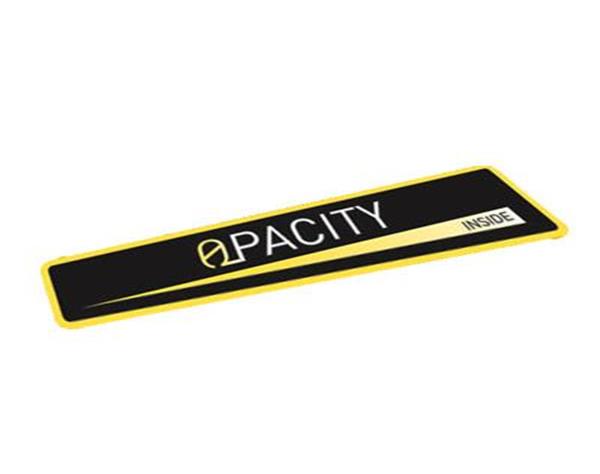A light source (typically an LED) shines light through the particulate in a stack and the amount of transmitted light is measured by a receiver. In a single pass instrument the receiver is mounted on the opposite side of the stack while in a double pass instrument (UP EPA PS-1 compliant), the light is reflected back to the transceiver by a retro-reflector on the far side of the stack. There are two parameters that Opacity instruments may be designed to measure:
- First a measurement of the Stack Opacity (stack blackness) according to the simple equation:
Opacity = 100 (1 – Received Light/ Transmitted Light) % - Secondly, a measure of the stack extinction which has a linear relationship with dust concentration for a particular type of dust and dust size:
Extinction = Natural Log (Received Light/ Transmitted Light)
